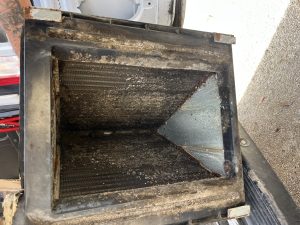

We’re a family-owned local business built on trust and fairness. Our team has decades of experience, and we treat your home like our own, no upselling, just honest solutions.
When comparing air conditioning systems, think about the features you care about most. You can look for value, energy efficiency and noise levels and select the model that best matches your needs. ENERGY STAR qualified units, high SEER rated systems and multi-stage systems are all good indicators of air conditioners and heating system that will save energy and reduce your energy bills over time.
Yes. Regular inspection and maintenance is critical to keep your system running efficiently and ensure you maximize the life of the unit. For a very low cost, you can have peace of mind and enjoy better home comfort all year long.
SEER stands for Seasonal Energy Efficiency Ratio. SEER is the most common way to evaluate an air conditioner’s efficiency and measures how much energy it takes to keep your home at the temperature you choose.